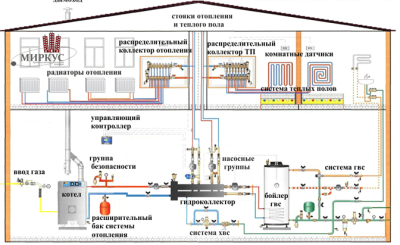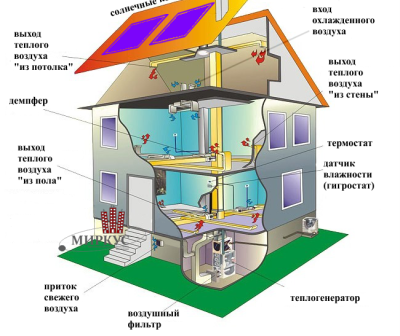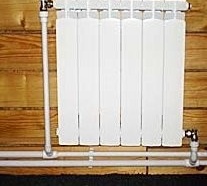Designing a home heating: an overview of the main steps in designing and calculating
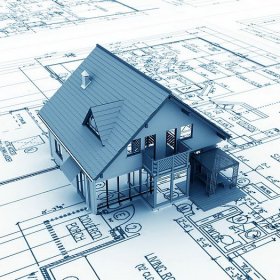
No one will argue that heating is a serious and responsible business. Although those who did not encounter such a task in practice, they do not fully understand all the subtleties of such a home improvement. It is for this reason, when they take up the construction of their own house, they don’t even imagine that the design of heating should be carried out long before the first stone of the future building is laid.
So, we propose to consider one of the main stages of creating an effective and practical heating system, namely the development of its project. And we will focus on the most common mistakes. In our opinion, such an analysis will help to avoid repeating them.
Do it yourself or invite a specialist?
The answer to this question must be sought by any homeowner. And it’s good if he asked him at the stage of calculations and the first earthworks. Of course, what everyone prefers to decide for himself, but we would recommend, at least, consult with specialized specialists. And there is no need to hope for a common house project (developed by a specialized company), where by default there should be a heat engineering section.
It may well be that a standard project is proposed there, slightly adapted to specific conditions. In practice, it may turn out that the implemented example of a project for heating a private house will not satisfy either heat transfer or economic characteristics.
An overview of the schemes of heating systems is presented in our next material:https://aquatech.tomathouse.com/en/otoplenie/razvodka-otopitelnoj-sistemy/sistema-otopleniya-odnoetazhnogo-doma.html
The construction of the house is the first thing we pay attention to
There are many reasons for the problems of heating inefficiency, for example, the operational parameters of building and finishing materials used in the construction of walls, ceilings and floor structures. Although, in principle, it is also understandable to a layman that the project for heating a wooden house will have serious differences with similar developments for a house made of bricks, foam blocks, cinder block or other masonry materials.
-
Wooden house
The first thing that should take into account the design of heating a cottage or a house made of natural wood is the importance of achieving such a balance at which the temperature of the internal surfaces of the walls will exceed the temperature of the dew point. The heating system should be arranged in such a way that the walls are heated evenly around the entire perimeter of the building. Particular emphasis should be on corners where there is the greatest risk of condensation.
-
Brick house
Country house heating projectbuilt of brick, it is necessary to develop taking into account such features of this masonry material as thermal conductivity. If you look at the brick buildings, which are several hundred years old, you can see that the walls are very thick up to one and a half meters. Brick buildings of the Soviet period correspond to building standards of that time - 2.5 bricks, which is 64 cm. By the way, this was quite enough for that time, since energy carriers were very cheap.
The norms and requirements of our time are aimed at increasing the heat retention of residential buildings. If they are exactly implemented in practice, then the wall of a brick building should have a width of 2 m. Of course, no one will do this, especially since there is an excellent alternative - multilayer insulated wall structures.
Attention! It is necessary to calculate the heating system in combination with other characteristics and parameters of the future building.
Architectural design: special attention to the chimney
Design of heating systems is inextricable with the architectural design of the building. It is very important to choose the right place for the installation of heating equipment, in particular a heat generator. In the same plane, the type of fuel on which the heating system will operate, as well as the method of removal of combustion products, is considered. By the way, the design of the chimney is a separate part, which must necessarily be included in the heating project.
Although in real life, you can often see a picture when a house is being built at a fast pace, heating is installed, and then it suddenly turns out that they did not think about the chimney at all.
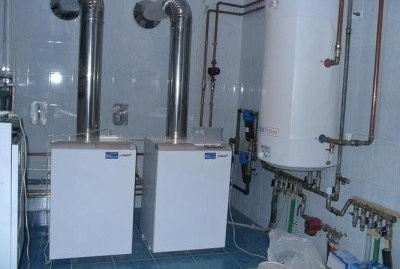
Ideally, the heating equipment of the heating system should be located in a special room - a boiler room
Important! Today it is a big mystery who in the past years came up with the idea of arranging house chimneys with a wall thickness of 40 cm. At the moment, such a chimney is not physically suitable for connecting a good high-tech boiler.
Without further explanation, it is clear that there are impurities in any fuel. It would not be an exaggeration to say that half of the periodic table is present and, logically, combustion products represent an extremely aggressive environment that can destroy brickwork in almost a few months. Based on these circumstances, it follows that it is better not to install a chimney in a brick partition. And if it does not work out differently, then the design of the heating of the cottage or house should include the following: the minimum wall section is 250x250 mm, that is, brick to brick. In such a discharge channel, it will subsequently be possible to enclose a stainless insertion chimney.
You will learn about how a steel chimney is arranged and how to make it yourself from our article:https://aquatech.tomathouse.com/en/otoplenie/dimohod/dyimohod-iz-stalnoy-trubyi-svoimi-rukami.html
Settlement part
Naturally, the design of a heating system is impossible without many calculations. In this article, we will not cover in detail this part of the development of heating. We highlight only key points.
Heat loss sources
- The outer surfaces of the walls.
- Air exchange.
- Window constructions.
- Roof.
- Floor.
Heat supply sources
- Heating system.
- Home appliances for cooking.
- Working electrical appliances.
- Sun rays.
What is taken into account in the calculations?
- Fuel consumption required for efficient operation of the heating system. Naturally, the cost of the fuel itself, as well as the costs of maintaining the system itself, are of key importance in this regard. Whatever disputes are about alternative sources of heating, today the cheapest is natural gas supplied from a centralized highway.
- Costs associated with the purchase and installation of heating equipment. Here, the leadership belongs to the electric boiler, and already after them gas, diesel and solid fuel units follow.
- Comfort of use. For example, solid fuel boilers need constant attention. But other equipment can function completely independently.
- The area to be heated.
- Specific power of the boiler.
And, last, thinking over the heating system of the house in detail, its owner must take into account the costs of maintenance.
The heating boiler and other elements are complex equipment that periodically requires routine maintenance. If this operating condition is not neglected, then the service life of the equipment will be long and there will be no problems with an increase in fuel consumption.
